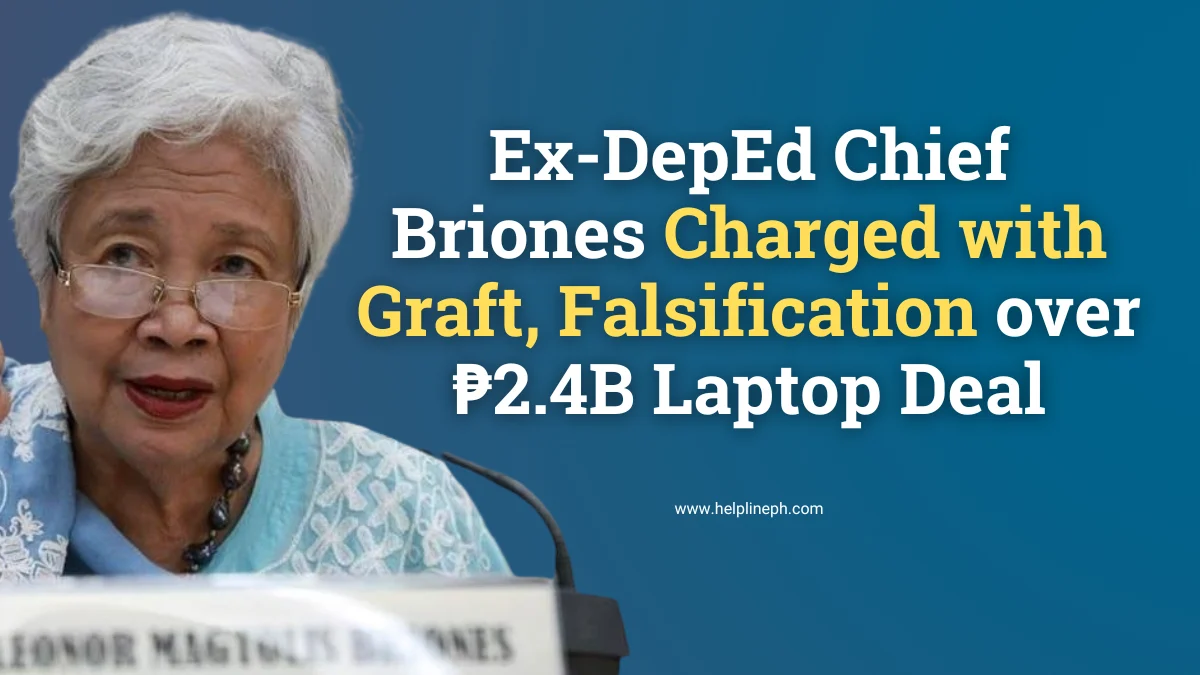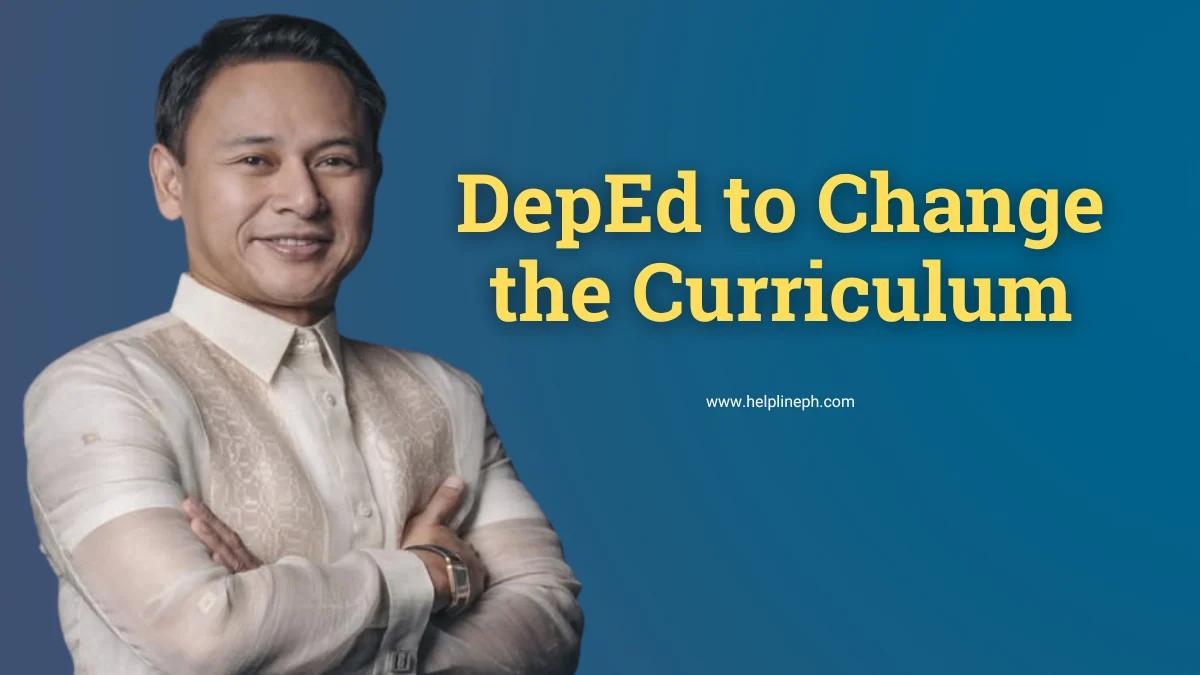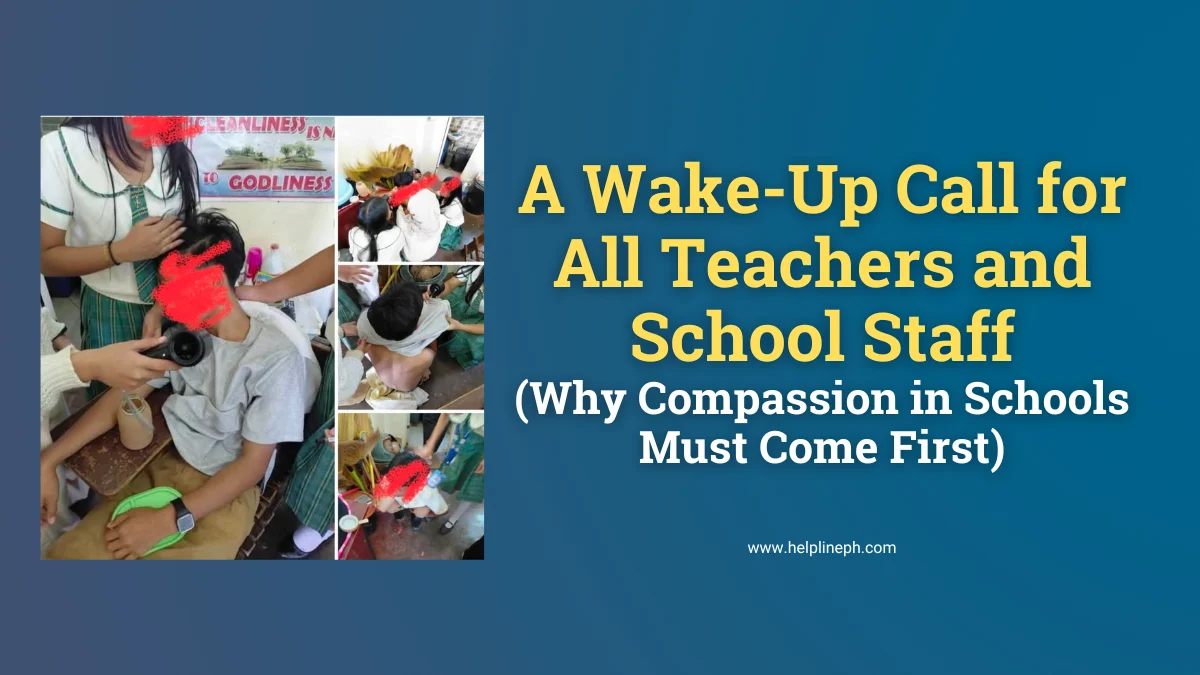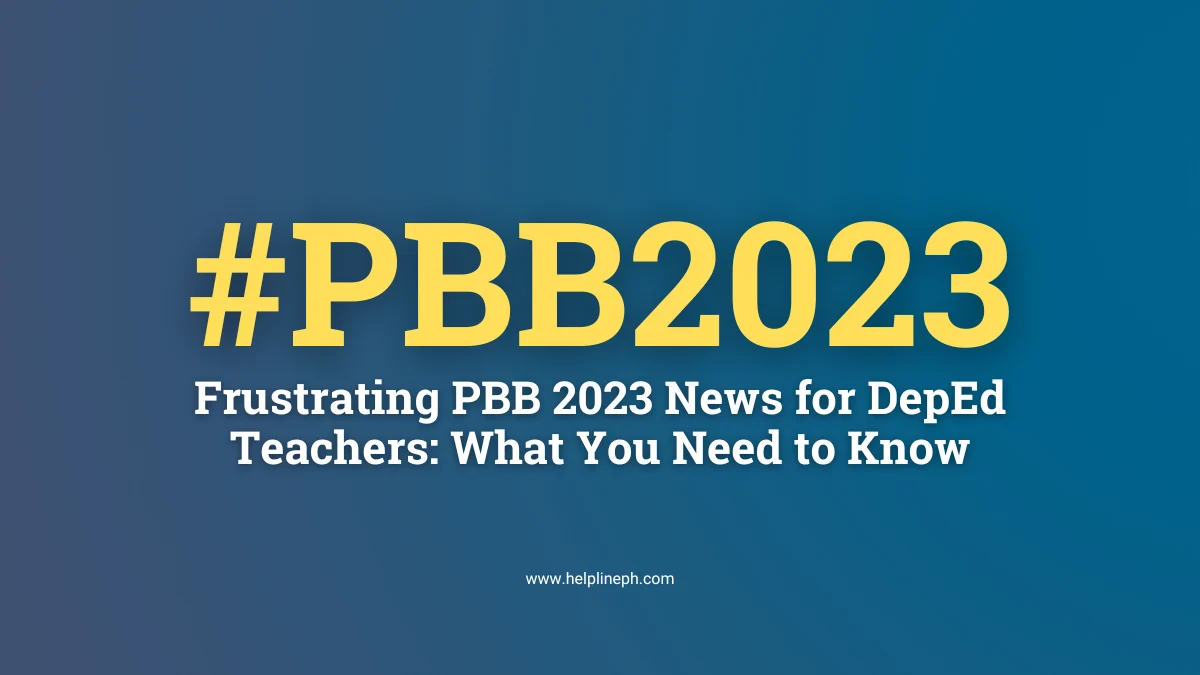The Future of Philippine Education: Embracing Digital Trends Post-COVID
The COVID-19 pandemic has undeniably reshaped the educational landscape in the Philippines. For over a year, students nationwide have transitioned to digital learning platforms, prioritizing safety. While traditional face-to-face classes took a backseat, many students, especially those lacking digital resources, sought alternative educational methods.
With the rollout of COVID-19 vaccines, there’s optimism for a return to normalcy. However, the educational sector recognizes that a complete revert is unlikely. The future of Philippine education necessitates evolution, adapting to the digital age’s demands. Here’s a glimpse into the forthcoming trends:
- Shift from Formal Degrees to Skill-Based Training Programs
- The post-pandemic era will witness a diminished emphasis on tertiary degrees as primary employability criteria. Instead, the focus will shift to specialized training programs that equip individuals with job-specific skills. Notably, even pre-pandemic, short-term skills boot camps were gaining traction, enhancing youth employability. As per Holon IQ, workforce-oriented startups are already outnumbering traditional tertiary institutions in southwest Asia.
- Enhanced Internet Access Boosting Online Education
- Blended learning’s success hinges on robust internet access, a challenge for many Filipinos. However, the digital connectivity landscape is improving. Data from the Department of Information and Communications Technology (DICT) highlights the Philippines’ significant jump in global mobile internet speed rankings, indicating a brighter future for online education.
- Education Startups: The New Frontier
- The current blended learning model, while innovative, has room for refinement. Given the challenges students face, even with technological access, there’s a vast scope for startups to innovate. Solutions could range from ensuring faster internet connectivity to offering cost-effective certification courses enhancing youth employability.
- Transition to ‘Smart’ Classrooms
- As the world leans into technology, Philippine education is no exception. Global tech leader, LG, predicts a transformative learning shift. The integration of smart technology into education, like interactive screens, will revolutionize both physical and virtual learning environments. These ‘smart’ classrooms, besides being technologically advanced, also champion environmental sustainability, heralding a progressive educational future.
In conclusion, change is the only constant. To ensure the Philippine education system remains at the forefront in the post-COVID era, embracing technological innovations is imperative. The goal is clear: equip the youth to be both employable and globally competitive in an ever-evolving digital world.






